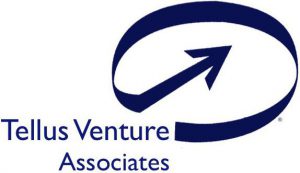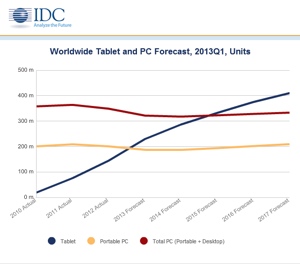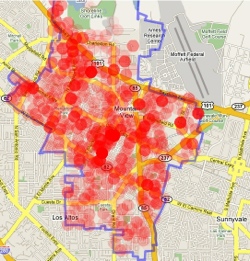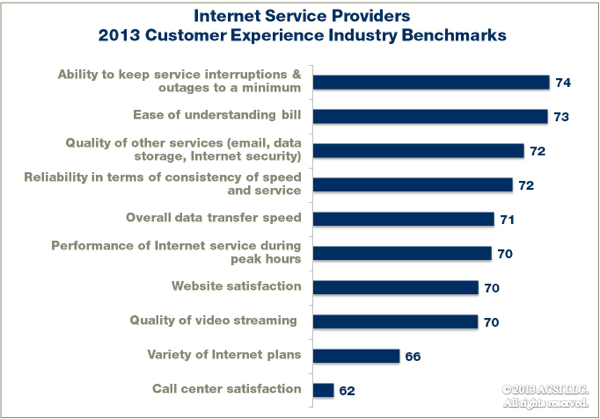Sharp limits on broadband subsidies approved by California Senate

I think I’ll send you over the Assembly for a little trim.
No more money for the California Advanced Services Fund (CASF) and tight restrictions on how any remaining funds can be spent. That was the decision yesterday of a large, bipartisan majority of California state senators, as they approved a broadband infrastructure bill largely written by cable and telco lobbyists.
In a 36 to 1 vote, they sent senate bill 740 to the assembly for consideration later this summer.… More









